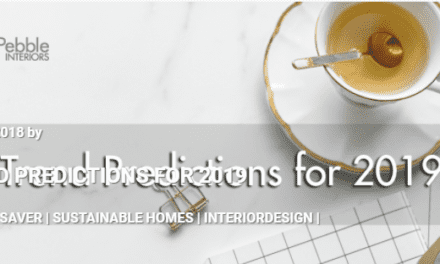When you’re building a home that you anticipate being in for 15 year or more, you can expect that your requirements will change as your family changes and grows, and as you become older. This means that you need to think about how you ‘future proof’ your home to ensure it meet your needs today, as well as in 15-20 years time.
One of the best ways to do this is being about to create flexible spaces and rooms so that they are multi-functional. This means thinking about spaces and rooms for now and for later. The best way to do this is having rooms with doors – they can be double sliding doors that retract back into the wall so they create a sense of space when open, but allow for privacy and noise reduction when closed. It also means you don’t need to heat or cool these rooms when not in use. For example, a room may act as a playroom when the children are younger, be a study for teenagers, a spare room when the kids leave home, and can even be dual functional, with a desk and sofa bed so it can be a study by day, and spare room by night.
Even though large open plan retreats are popular at the moment, they need to be considered carefully as they are not able to be closed off, so they generally cannot be multi-functional. This means you may not be maximising on the potential on what that space could be used for, now and in the future. It’s difficult to close these open plan retreats off for heating and cooling, but also noise travels from these spaces, and they can generally never be used as an office or bedroom as they are not able to be closed off for privacy. My suggestion is to create as much flexibility as you can with your floorplan, so you have choices and options for when things change later on.
Think about access to key areas of the home for when you are older and not as agile to climb stairs, if you have a double storey home. Consider the placement of the master bedroom and having it downstairs as it allows access to the main living areas of the home, being the kitchen and a bathroom. The objective is to have everything you need on one level, so you can stay in your home as long as possible, while still being able to have older children and guests stay, who can access the other areas.
When you’re investing so much time, money and effort into building or renovating a home, it makes sense to really review the floorplans to ensure the layout, flow and spaces will work now, as well as in the future.
TOP TIPS ON FUTURE PROOFING DESIGN
- Create multi-functional rooms so they can be more than one thing at any given time.
- Create flexible rooms that have one purpose now, but another purpose for when your family situation changes.
- Minimise spaces that are unable to be closed off as these will not allow you flexibility in how that room can be used.
- Think about access to key areas of the home for when you are older, with everything on one level.





